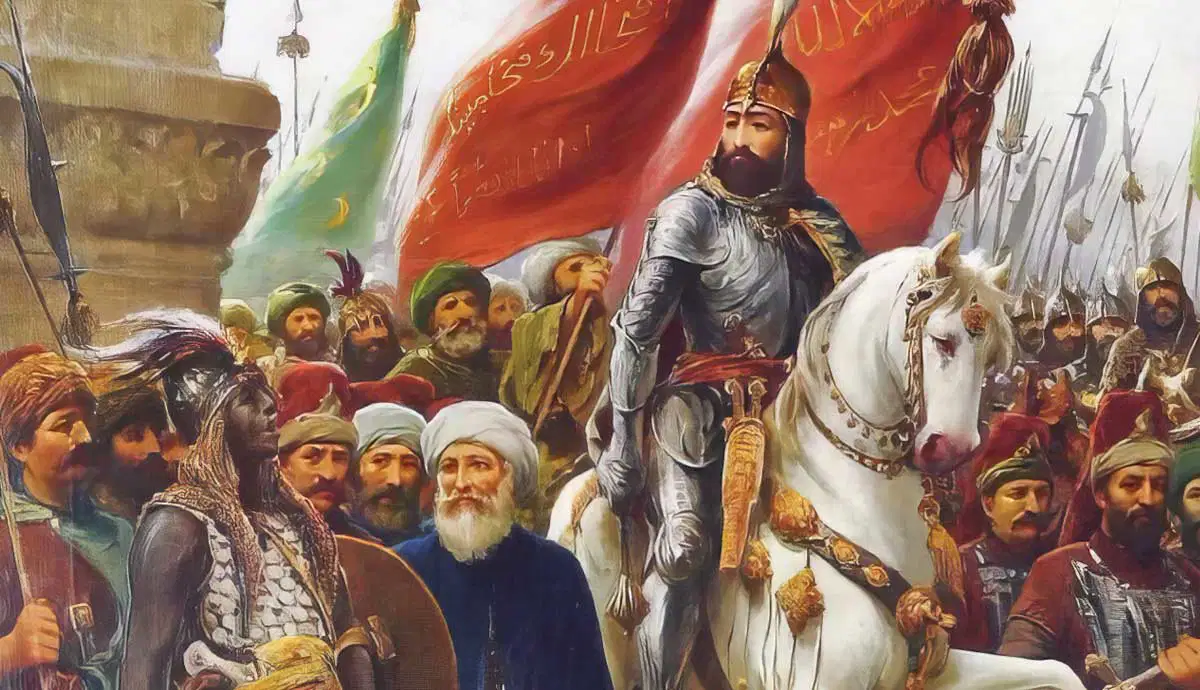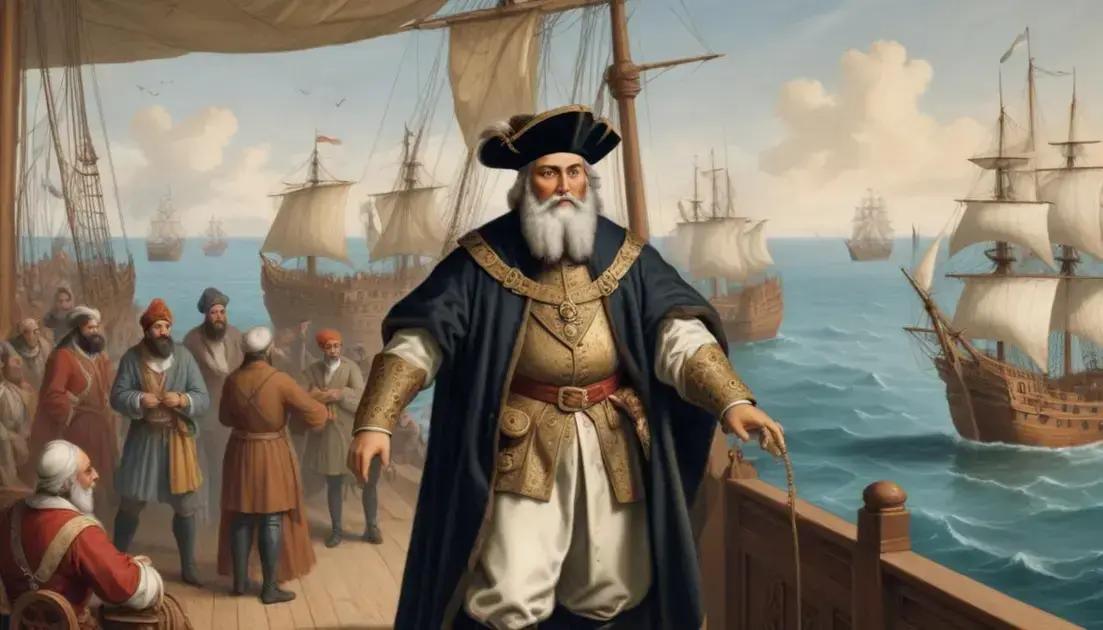
The Rise and Fall of the Byzantine Empire
The Byzantine Empire, also known as the Eastern Roman Empire, stands as a colossal figure in human history, a civilization that endured for over eleven centuries, leaving an indelible mark on politics, culture, religion, and the very fabric of Western civilization. Its story is one of breathtaking triumphs, devastating setbacks, and enduring legacy. This comprehensive exploration delves into the empire’s rise, its golden age, its periods of turmoil, its eventual decline, and the profound impact it continues to exert on the modern world.
I. Genesis and Consolidation: From Roman Legacy to Byzantine Identity (330-600 AD)
The Byzantine Empire’s origins are inextricably linked to the Roman Empire. While the Western Roman Empire crumbled under the weight of internal strife and barbarian invasions in 476 AD, the Eastern half, centered in Constantinople, persevered. Emperor Constantine I, recognizing the strategic importance of Byzantium’s location on the Bosporus Strait, a vital trade artery connecting Europe and Asia, refounded the city as Constantinople in 330 AD, effectively establishing the new capital of the Roman Empire. This pivotal act marked the beginning of a distinct political and cultural entity that would eventually be known as the Byzantine Empire.
Constantine’s legacy extended beyond the mere relocation of the capital. He implemented crucial administrative reforms, strengthening the empire’s infrastructure and bolstering its defenses. The conversion of the Roman Empire to Christianity under Constantine also shaped the Byzantine Empire’s identity profoundly. Constantinople became a center of Christian faith, attracting theologians, scholars, and pilgrims from across the known world. The establishment of the Patriarchate of Constantinople, second only to Rome in the early Church hierarchy, solidified the empire’s religious and political significance.
The centuries following Constantine’s reign witnessed periods of both stability and upheaval. The empire faced constant pressure from external forces, including Gothic incursions and Persian wars. Internally, power struggles and religious controversies tested the empire’s resilience. The reign of Theodosius I (379-395 AD) marked a significant shift, as he solidified Christianity as the state religion, suppressing pagan practices and formally dividing the Roman Empire into Eastern and Western halves. This division, though initially administrative, laid the groundwork for the diverging paths of the two empires.
The 5th and early 6th centuries were characterized by a period of relative stability and consolidation. The reign of Emperor Justinian I (527-565 AD) often stands as the pinnacle of Byzantine achievement, a period frequently referred to as the empire’s Golden Age. His reign was marked by ambitious military campaigns, extensive legal reforms, and a remarkable flourishing of arts and architecture. His military successes led to the reconquest of North Africa, parts of Italy, and a portion of the Iberian Peninsula, temporarily restoring a considerable portion of the Western Roman Empire’s former territory.
Justinian’s legal reforms, culminating in the Corpus Juris Civilis, a comprehensive codification of Roman law, had a profound and lasting impact on European legal systems. This monumental achievement organized and streamlined Roman jurisprudence, influencing legal thinking and practice for centuries to come. Its principles resonate even in modern legal frameworks.
The reign of Justinian also witnessed a remarkable cultural renaissance. The construction of the magnificent Hagia Sophia in Constantinople, a masterpiece of Byzantine architecture, stands as a testament to the empire’s artistic and engineering prowess. Its innovative dome design, breathtaking mosaics, and opulent interior became the symbol of Byzantine power and religious devotion. This architectural marvel represented a fusion of Roman engineering and Byzantine aesthetic sensibilities.
II. Challenges and Resilience: The Rise of Islam and Internal Conflicts (600-1000 AD)
The 7th century brought a seismic shift to the Byzantine Empire’s landscape with the rapid expansion of the Islamic caliphate. The Arab conquests resulted in the loss of significant territories, including Egypt, Syria, and Palestine, dealing a severe blow to the empire’s economic and strategic strength. The battles against the Islamic armies tested the empire’s military capabilities and pushed its resources to their limits. However, the empire managed to withstand the initial onslaught, adapting its military strategies and fortifying its defenses.
The ensuing centuries witnessed a complex interplay of external threats and internal strife. The iconoclastic controversy, a protracted religious debate regarding the use of religious images (icons) in worship, deeply divided the empire. This internal conflict consumed significant resources and energy, weakening the empire’s ability to effectively deal with external threats. Emperor Leo III’s initiation of iconoclasm in the early 8th century sparked intense debate and civil unrest that lasted for decades, eventually leading to the restoration of icons under Empress Irene in the late 8th century.
Despite these challenges, the Byzantine Empire exhibited remarkable resilience. The Isaurian dynasty, which came to power in the 7th century, implemented significant administrative and military reforms, strengthening the empire’s ability to withstand both internal conflicts and external pressures. The development of “Greek fire,” a highly flammable incendiary weapon, proved crucial in repelling Arab naval attacks.
The 9th and 10th centuries marked a period of revival under the Macedonian dynasty. Basil I, the founder of the dynasty, initiated a period of renewed military strength and economic prosperity. The empire regained lost territories, including Crete and Cyprus, and witnessed a resurgence in its cultural and intellectual life. The revival included improvements in infrastructure, a strengthening of the military, and a focus on administrative reforms. This era saw the expansion of the empire’s influence in the Balkans and a renewed commitment to its cultural and intellectual traditions.
III. The Age of Decline: External Pressures and Internal Instability (1000-1453 AD)
The 11th century witnessed the beginning of a significant decline in the Byzantine Empire’s fortunes. The rise of the Seljuk Turks, who conquered Anatolia (modern-day Turkey), posed a considerable military threat. Simultaneously, the Normans, a powerful group of mercenaries, launched successful campaigns in southern Italy, encroaching upon Byzantine territories.
The Crusades, while initially intended to aid the Byzantines against the Seljuks, inadvertently contributed to the empire’s decline. The Fourth Crusade (1202-1204), a catastrophic event in Byzantine history, saw the Crusader armies sack Constantinople, looting its treasures and weakening its defenses. The city’s capture shocked the world, marking a devastating blow to Byzantine prestige and power. The empire never fully recovered from this devastating blow, leading to a prolonged period of instability and fragmentation.
The subsequent centuries were characterized by internal conflicts, power struggles, and the continuous encroachment of foreign powers. The empire struggled to maintain its territorial integrity in the face of numerous challenges. The rise of various successor states within the Byzantine territories further contributed to its decline. The weakening of central authority and the rise of competing factions resulted in a continuous cycle of instability.
Even with attempts at resurgence, notably under the Palaiologan dynasty, the empire faced insurmountable odds. The Ottoman Turks gradually expanded their influence across Anatolia and the Balkans, systematically weakening the Byzantines and eventually surrounding Constantinople. The final fall of Constantinople to the Ottoman Turks in 1453 AD marked the definitive end of the Byzantine Empire, bringing an end to an eleven-century-long civilization.
IV. The Enduring Legacy of Byzantium
Despite its eventual collapse, the Byzantine Empire’s impact reverberates through history. Its contributions to law, art, architecture, literature, and religion left an indelible mark on Western civilization. The Corpus Juris Civilis formed the basis of many European legal systems. Byzantine architecture, characterized by the use of domes, mosaics, and intricate designs, influenced architectural styles for centuries. The Hagia Sophia, a symbol of Byzantine power, remains a testament to their engineering skills.
Byzantine art, with its rich iconography and religious themes, established a distinct aesthetic tradition that significantly influenced Eastern Orthodox Christianity. Byzantine scholars preserved ancient Greek and Roman texts, playing a critical role in the transmission of knowledge to the Renaissance. The empire’s intricate system of administration, its sophisticated military strategies, and its enduring cultural heritage continue to fascinate historians and scholars today.
The Byzantine Empire’s lasting contribution to Christianity is equally profound. The Eastern Orthodox Church, tracing its origins to the Byzantine Empire, continues to be a significant religious force. The theological debates and ecclesiastical developments that took place within the empire shaped the doctrines and practices of Eastern Christianity, which spread across much of Eastern Europe, the Middle East, and beyond.
The fall of Constantinople to the Ottomans marks a pivotal moment in European history, but it does not diminish the significance of the Byzantine legacy. The empire’s long lifespan, its unique blend of Roman and Greek traditions, and its complex political and cultural history continue to captivate and inspire. The study of the Byzantine Empire provides invaluable insights into the dynamics of empire, the challenges of cultural exchange, and the enduring power of human creativity and resilience. Its story serves as a reminder of the complexities of historical development and the enduring legacy of a civilization that shaped the world as we know it. The influence of the Byzantine Empire, even in its decline, remains a significant force in shaping our understanding of history and the continuing dialogue between East and West. Its art, architecture, and legal systems continue to serve as models of human creativity and achievement, showcasing the remarkable ingenuity and enduring impact of a civilization that flourished for over a millennium.


